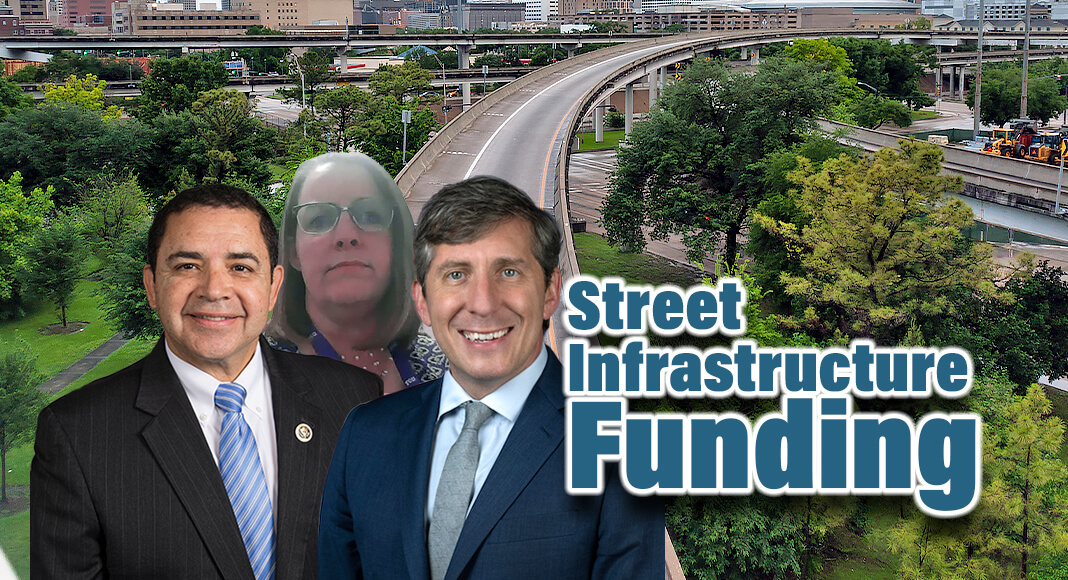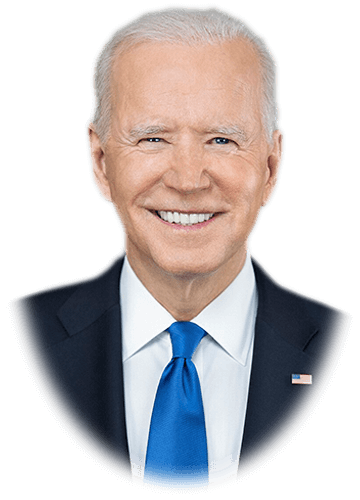
Texas Border Business
By Roberto Hugo González
In today’s webinar discussion featuring Congressman Henry Cuellar, Scott Goldstein, and Robin Ayers provided valuable insights into the funding opportunities arising from the bipartisan infrastructure law for street infrastructure projects in Texas. The event emphasized the importance of proactive planning and collaboration to secure federal grants and highlighted various funding programs available to local governments, tribes, and other eligible entities.
Congressman Cuellar’s District 28 in Texas encompasses a vast and diverse region, including both urban centers like San Antonio and Laredo and rural areas in several counties. This wide-ranging district faces various infrastructure challenges, making it crucial to tap into available funding opportunities to address these issues effectively.
The primary focus of the webinar was the significant allocation of over $30 billion to Texas through the bipartisan infrastructure law. This funding offers a lifeline to the state as it grapples with rapid growth and evolving infrastructure needs.
Both, Goldstein and Ayers, representatives from the U.S. Department of Transportation and the Texas Department of Transportation, shared their expertise during the webinar. They shed light on the intricacies of applying for federal grants and the various programs available to support street infrastructure projects.
One of the essential takeaways from the webinar was the comprehensive scope of available funding. It encompasses a wide range of aspects related to street infrastructure, including road safety, public transportation, cycling, and pedestrian projects. This holistic approach ensures that communities, regardless of size or location, have an equal chance to access funding for projects that enhance their infrastructure and improve the quality of life for residents.
Randy Aguilar skillfully moderated the discussion, allowing Congressman Cuellar to actively engage while balancing his ongoing responsibilities. This webinar provided a unique opportunity for local stakeholders to gain insights from federal and state transportation experts and learn about the funding opportunities that can transform their communities.
Goldstein, Deputy Assistant Secretary for Transportation Policy at the U.S. Department of Transportation, elaborated on the department’s strategic goals, emphasizing safety, equity, climate resilience, job creation, and affordable transportation. These priorities guide the department’s policies and programs, including the National Roadway Safety Strategy and efforts to combat climate change. Additionally, Goldstein introduced the Equitable Transportation Community Explorer tool, which assists grant applicants in identifying essential data and indicators to strengthen their proposals.
The webinar highlighted various types of funding, including formula grants, discretionary grants, loans, and private activity bond programs. It stressed the importance of direct engagement with state transportation entities and provided insights into successful grant application strategies. Key factors for success included understanding funding opportunity notices, seeking technical assistance, forming partnerships, developing robust financial plans, and using data-supported narratives.
Specific discretionary grant programs, such as the Multimodal Project Discretionary Grant Opportunity and the Reconnecting Communities and Neighborhoods Program, were discussed in detail. These programs, funded by the bipartisan infrastructure law, offer substantial opportunities for communities to address infrastructure challenges and enhance their transportation networks.
Goldstein also highlighted the Safe Streets and Roads for All grant program, a newly created initiative under the bipartisan infrastructure law aimed at improving roadway safety with $5 billion available over five years. The program is exclusive to local governments, tribal governments, metropolitan planning organizations, or a combination of these entities, making it a valuable resource to address traffic fatalities and work towards the goal of zero traffic deaths.
Another program spotlighted was the Thriving Communities Initiative, which aims to support transformative community-driven infrastructure and mobility projects across the country. This program fosters economic growth, affordable transportation, housing options, resiliency, accessibility, and inclusivity. Federal agencies like the Department of Energy, Department of Commerce, EPA, HUD, and USDA collaborate to make this initiative successful. The webinar encouraged eligible communities to consider applying for the Thriving Communities Network or Capacity Builders Program.
Additionally, the webinar highlighted rural opportunities through the Routes initiative, dedicated to expanding and improving transportation infrastructure in rural communities. The pandemic underscored the importance of such resources for rural areas, and the Routes Office serves as a valuable one-stop shop for rural communities to access federal resources and navigate various modal administrations.
The webinar provided attendees with a glimpse of various grant programs, including the Railroad Crossing Elimination Program, the Rebuilding American Infrastructure with Sustainability and Equity (RAISE) program, and others. It emphasized that local governments should proactively explore these opportunities to enhance their infrastructure.
The webinar offered a comprehensive overview of the available funding opportunities for street infrastructure projects in Texas. It stressed the importance of early planning, partnership building, and direct engagement with federal and state transportation authorities. By tapping into these funding resources, communities across Texas can address their infrastructure needs and contribute to safer, more accessible, and more resilient transportation networks. The event exemplified the collaborative approach needed to navigate the complex landscape of infrastructure funding effectively.













